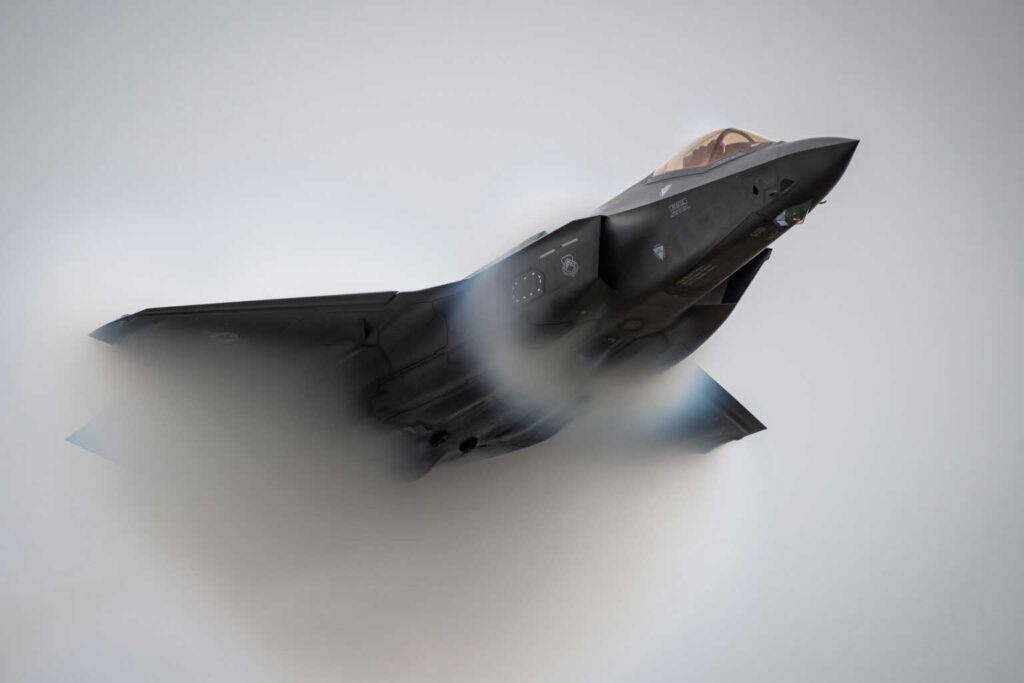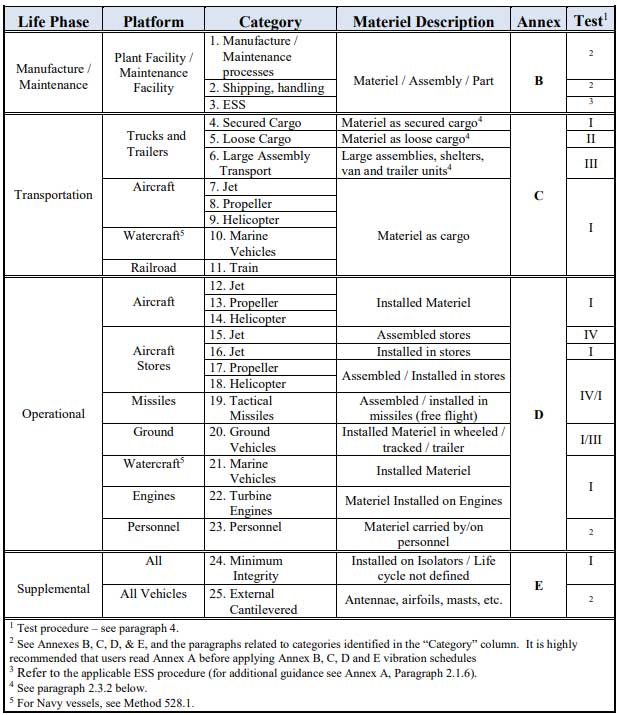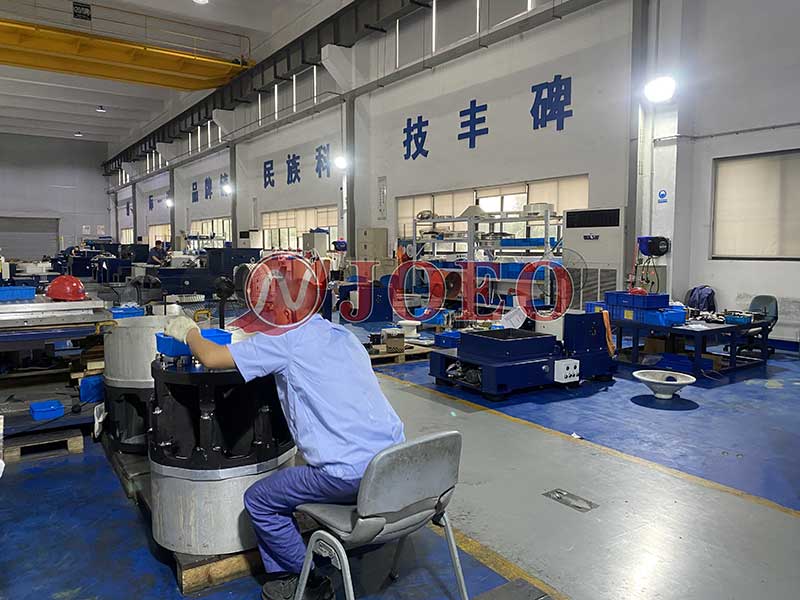The MIL STD 810 vibration testing standard is commonly used to assess the function and durability of systems subjected to intense vibration and vibration, and after that, testing is usually performed using vibration test equipment, such as a vibration driver or a vibration test bench. MIL STD 810 Vibration test is a set of test standards developed by the U.S. military to assess the various environmental conditions and stresses that a product may face throughout its service life. This standard is not only used to evaluate military products, but also is often used as a standard to evaluate the durability of commercial rugged products.

The MIL-STD-810 standard requires the use of a variety of analog devices, such as temperature, humidity, shock, vibration, and acceleration test devices, to replicate the various environmental pressures and stress conditions that military equipment may face during actual use
| Method 501.6 | High Temperature |
| Method 502.6 | Low Temperature |
| Method 503.6 | Temperature Shock |
| Method 505.6 | Solar Radiation |
| Method 507.6 | Humidity |
| Method 509.4 | Salt Fog (Spray/Corrosion) |
| Method 514.7 | Vibration |
| Method 516.7 | Shock |
| Method 520.4 | Temperature,Humidity,Vibration and Altitude |
| Method 528.1 | Mechanical Vibrations of Shipboard Equipment |

It applies to systems that are bundled or fixed during transport, or intended to be deployed on a vehicle at some point in its life cycle. According to the size and mass of the test project and fixture, select the vibration shaker table, taking into account the required frequency range as well as the required force, acceleration, speed and displacement.
Suitable for systems that are transported by truck or trailer and are not secured or bundled, this test involves placing the unsecured system on a vibration test device for evaluation. The environment used in this program requires the use of a packaging tester. The package tester shall apply 25.4 mm (or 1.0 in) peak-to-peak circular synchronous motion to the table. The motion should occur at a frequency of 5 Hz. The motion occurs in the vertical plane.
The fixture does not secure the test item to the base of the package tester. For best results, make sure the package tester is large enough to accommodate the size and weight of the specific test item.
Suitable for large collections of systems that are mounted on or transported by wheeled or tracked vehicles and account for a large proportion of the vehicle’s mass.The test involves placing the system on or inside a vehicle used for transport. The vehicle drives on the road surface it will encounter over the life of the system, resulting in application-specific simulations to demonstrate real-world vibrations
Suitable for systems fixed or mounted on aircraft,Vibrators are selected according to the size and quality of the test item and fixture. The frequency range and the required low frequency stroke length (displacement) are also important
Our in-house vibration and shock test bench equipment enables us to perform autonomous vibration and shock tests on your system according to the vibration requirements of the MIL-STD-810 standard.
In addition, we have established partnerships with local professional testing laboratories. For some of the more stringent testing requirements that are beyond our internal capabilities, we can entrust these external laboratories to perform.
With this combination of internal and external testing, we can fully evaluate the shock and vibration resistance of your customized rugged server or workstation product and provide you with detailed test reports.
Submit the form below to contact our experts to learn more about MIL STD 810 vibration testing!
